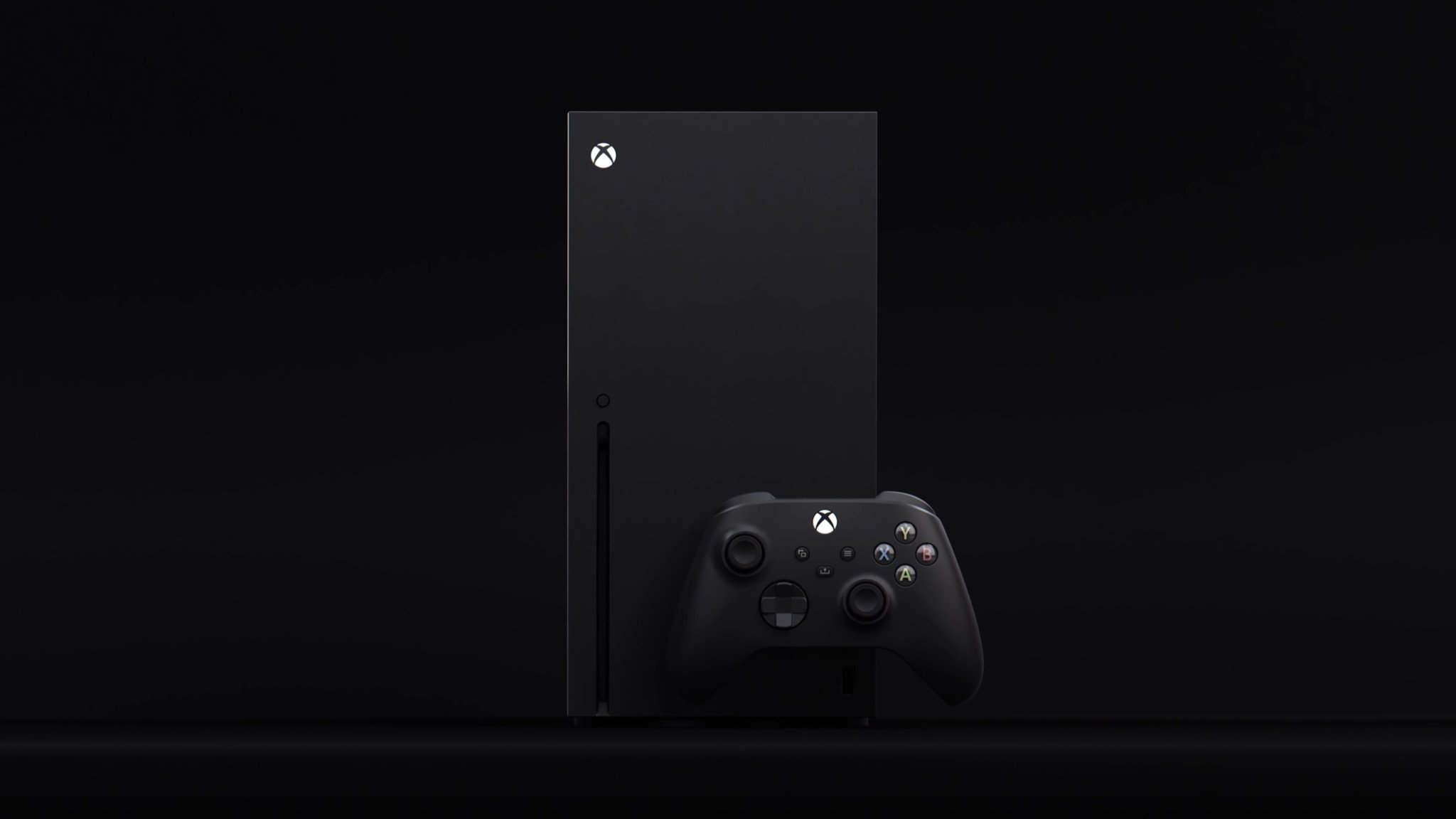What is a teraflop (TFLOP), and why is it such a big deal on the Xbox Series X?
The Xbox Series X has 12 teraflops of GPU performance — eight times that much as the original Xbox One.

Microsoft confirmed earlier this week that the Xbox Series X has 12 teraflops of GPU performance, double that of the Xbox One X and eight times the amount of the standard Xbox One. You would've seen teraflops mentioned every time there's a new console announcement, but what is it, and why does it matter for gaming? Let's find out.
What is a teraflop?
A FLOP is an acronym for floating point operations per second. Floating point operations include irrational numbers and decimal points, and they're much more complex than fixed point operations, which are limited to binary integers. Because of the inherent difficulty of floating point operations, they're used to measure the compute power of a particular system.
Without getting into the weeds, a teraflop (TFLOP) means the ability to process one trillion floating point operations per second. So when Microsoft says that the Xbox Series X has 12 teraflops, it means that the console has the ability to perform 12 trillion floating point operations per second. That's a huge deal, because that means the GPU on the Xbox Series X can crunch through a lot of data very quickly.
Why are teraflops relevant for gaming?
In the context of gaming, the teraflop count roughly translates to a system's ability to draw polygons onto the screen and manipulate them. All the elements that you see in a game are rendered in the form of polygons, and because this rendering is heavily reliant on floating point operations, a higher TFLOP count means the ability to render more polygons.
Furthermore, the Xbox Series X is set to offer DirectX ray tracing and variate rate shading to deliver better in-game lighting and more life-like visuals, and these features rely heavily on the GPU as well. This is another area where the 12 teraflops of power will give the console an advantage.
So what does 12 teraflops mean for the Xbox Series X?
While it's exciting to see that the Xbox Series X has a GPU that will deliver 12 teraflops of performance, that doesn't mean games will look twice as good. The teraflop count is an indicator of the maximum performance capabilities of a system, and there are several other factors that will dictate how it performs in real-world usage scenarios.
I'll use a car analogy here, because the way auto manufacturers tout brake horsepower (BHP) is similar to how hardware manufacturers talk about teraflops. Take the Ferrari 488, for instance. The car has 661 BHP, and that's a lot for a road-going vehicle (my Polo has a measly 105 BHP). But even though the Ferrari 488 has all that brake horsepower, it won't be able to put all of it down on the road. Unless it's on a track with slick tyres, it's probably using a fifth of the available BHP.
All the latest news, reviews, and guides for Windows and Xbox diehards.
That's the case with teraflops as well — think of it as the peak performance available to the system. Just because the Xbox Series X has 12 teraflops of performance doesn't mean it will be twice as fast as the Xbox One X. A lot of factors ultimately affect real-world performance figures, including the core speed of the CPU and read/write performance of the SSD. But usually, a high teraflop figure means there's a lot of overhead for developers to work with. And that's always a good thing.
We've rounded up the rest of the Xbox Series X specs if you're interested in taking a look at what Microsoft's next-gen console has to offer.
Xbox Series X/S
Main
- Xbox Series X: Everything we know
- Best games coming to Xbox Series X/S
- List of Xbox Series X specs
- What is the Xbox Series X release date?
- How much does Xbox Series X cost?
- Why you can't preorder Xbox Series X yet
- Best Xbox Series X Headsets

Harish Jonnalagadda is a Senior Editor overseeing Asia for Android Central, Windows Central's sister site. When not reviewing phones, he's testing PC hardware, including video cards, motherboards, gaming accessories, and keyboards.
